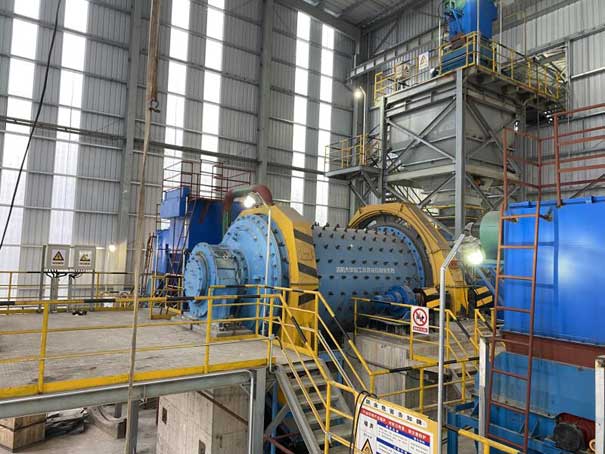The double-tooth roller crusher is a equipment that uses two sets of separately driven roller shafts to crush the material by the relative rolling and grinding force. In the working process of the double-roll crusher, the extrusion force and shear force generated by the relative rotation to break the material.
How to deal with the wear of the roller teeth of the double roller crusher?
1) Reasonable distribution of high and low teeth due to the abnormal wear of the roller teeth, all the teeth are ground to the same height, and it is impossible to distinguish the specific positions of the original high teeth and low teeth. According to the number and arrangement principle of high teeth and low teeth, the distribution plan can be made, and the mark can be made in high teeth, so that it can be accurately constructed in welding.
2) Surface welding of the roller teeth. As the material of the roller teeth is high manganese steel alloy steel, the welding performance is relatively poor. The technical content required for electrode material selection and surfacing construction is high. After selecting a suitable wear-resistant electrode, it is directly welded on the surface of the roll tooth. The high-tooth is made of 5mm transition layer and 15mm wear layer, and the low tooth is repaired by 2mm~5mm.
3) Surfacing method first remove the tooth plate from the crusher rotor and lay it flat. All parts that need to be surfacing are polished with a sander to the current metallic color. The DC welding machine is used, the welding wire is reversely connected, and the welding is carried out by single-pass welding process. The current of the wear layer is controlled at 150~180A, and the current of the transition layer is controlled at 90~110A. Control the temperature of the soldering layer below 100 degrees Celsius, layer weld to the required thickness, and control the thickness of the single layer to 1.5mm~2.0mm.
4) Increasing the hardness of the roller teeth to increase the hardness of the roller teeth, the surface of the roller teeth is surfacing, so that the degree of the tooth surface reaches HRC58 or higher.

